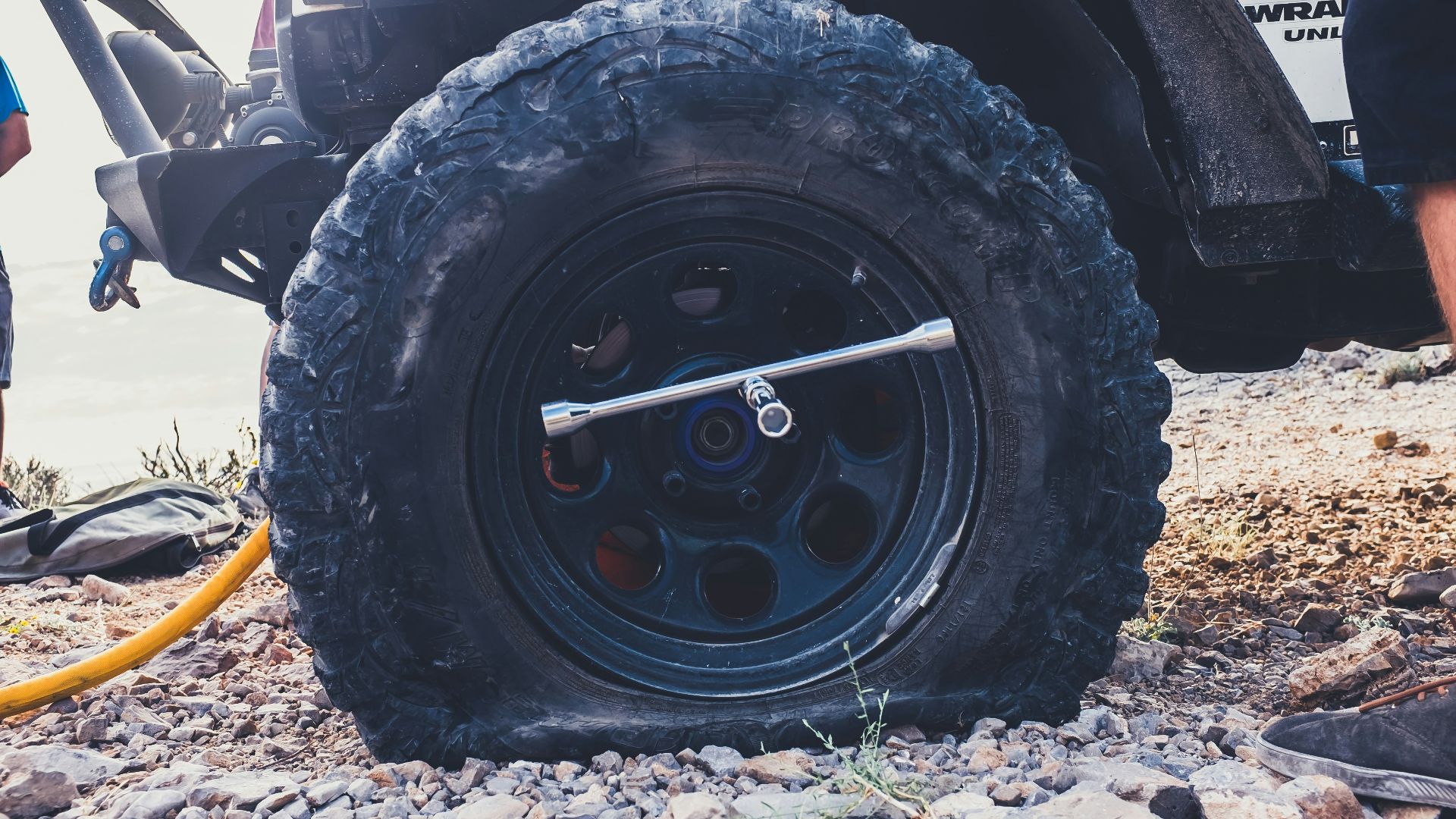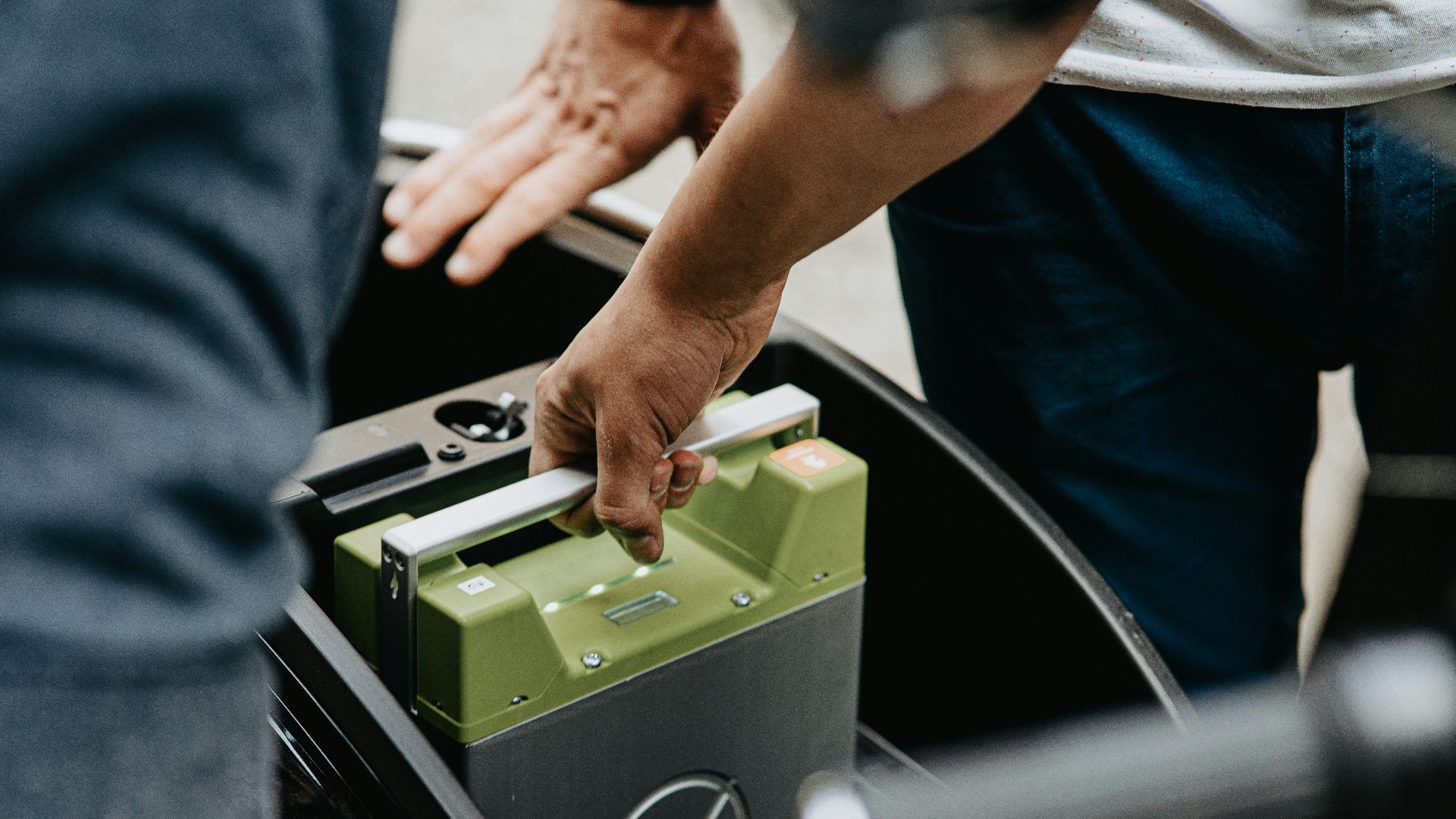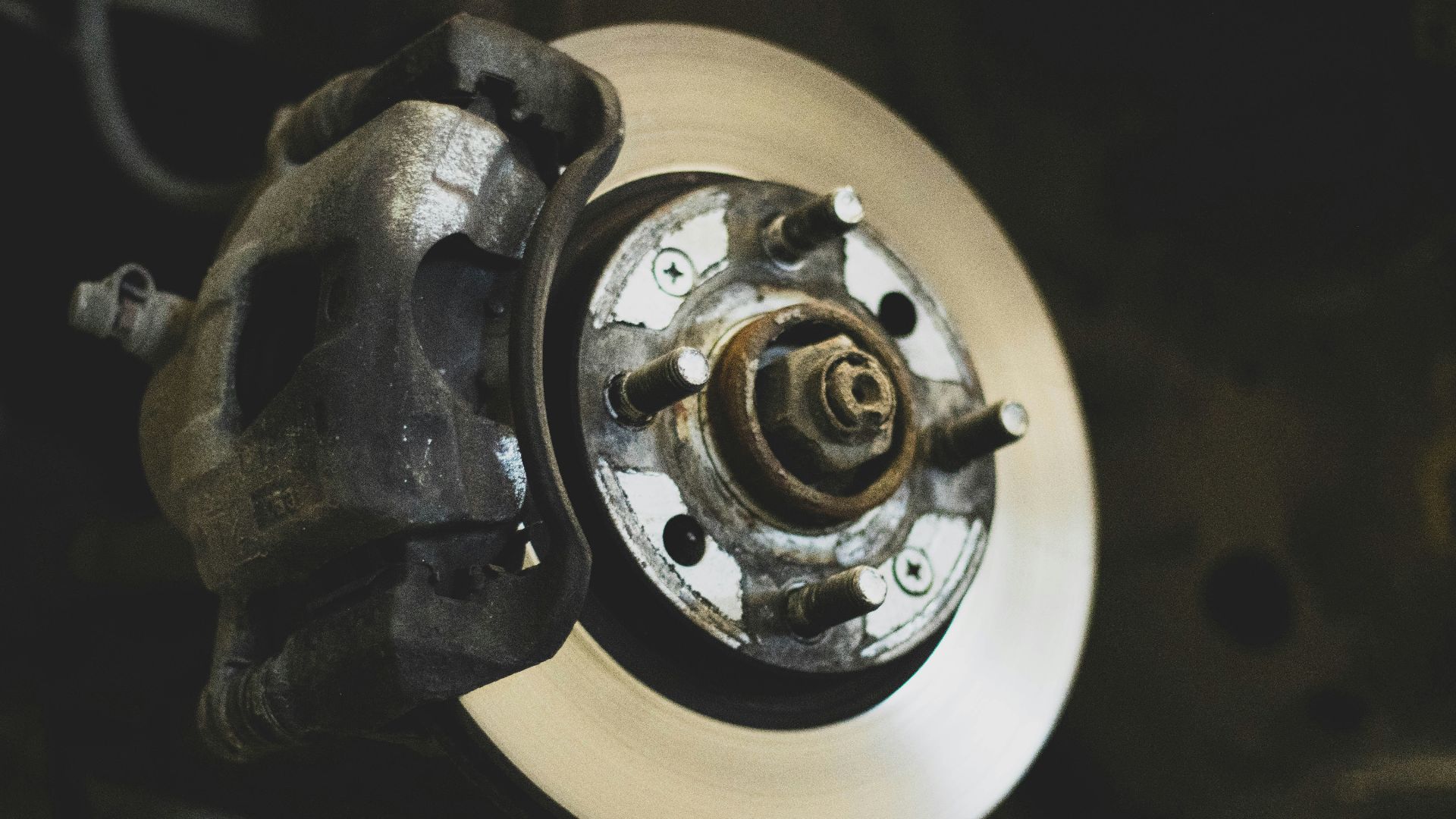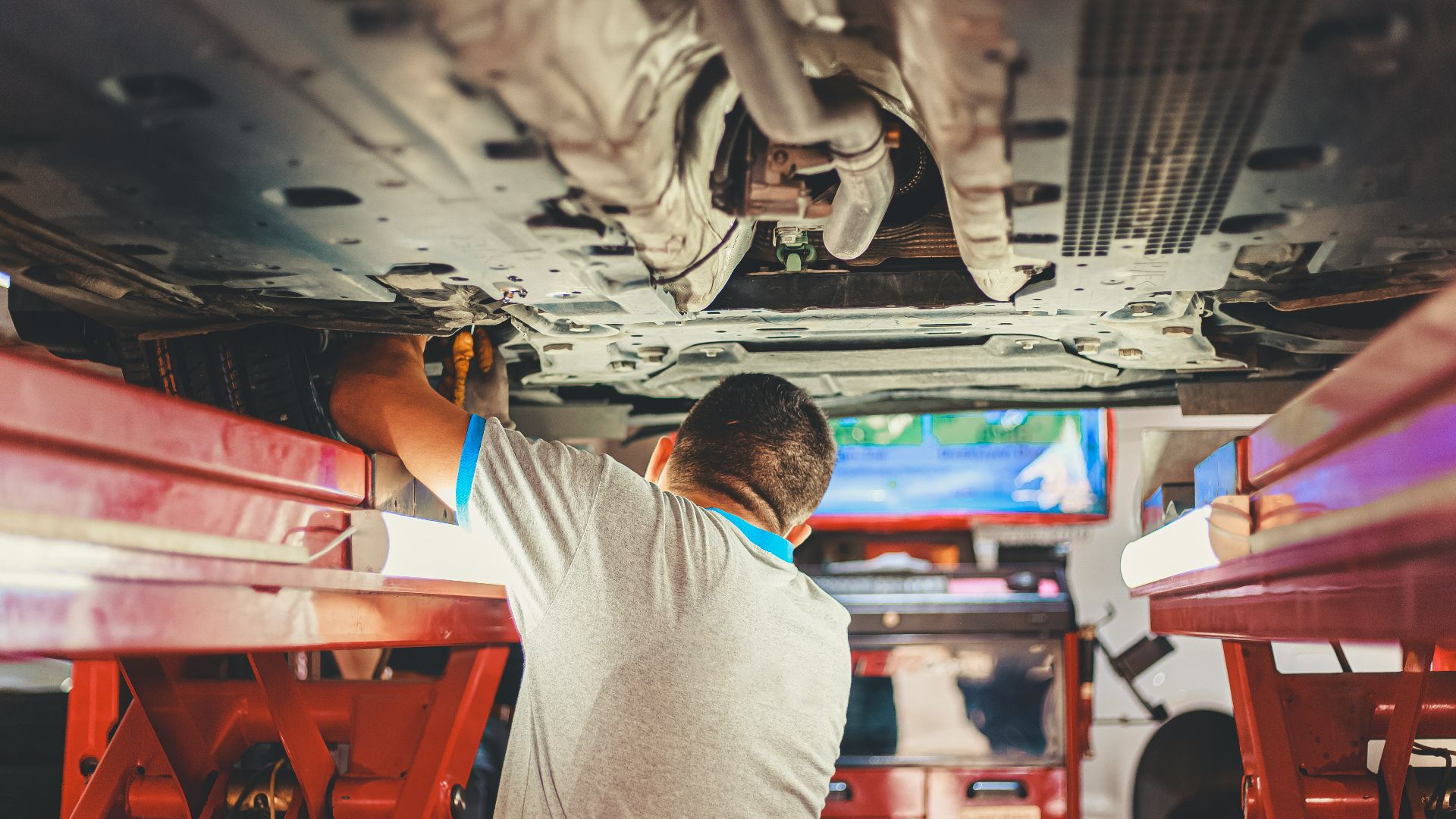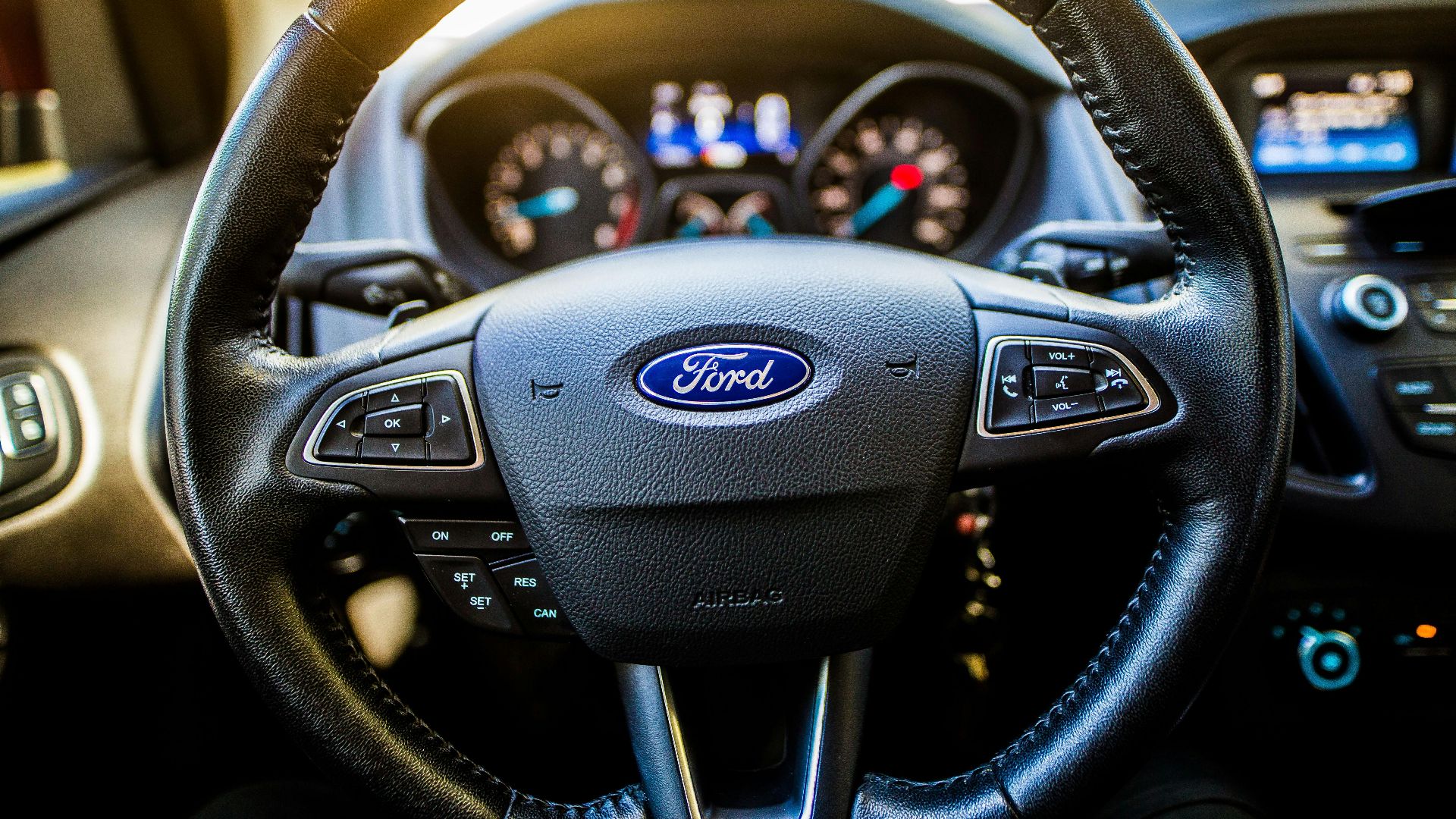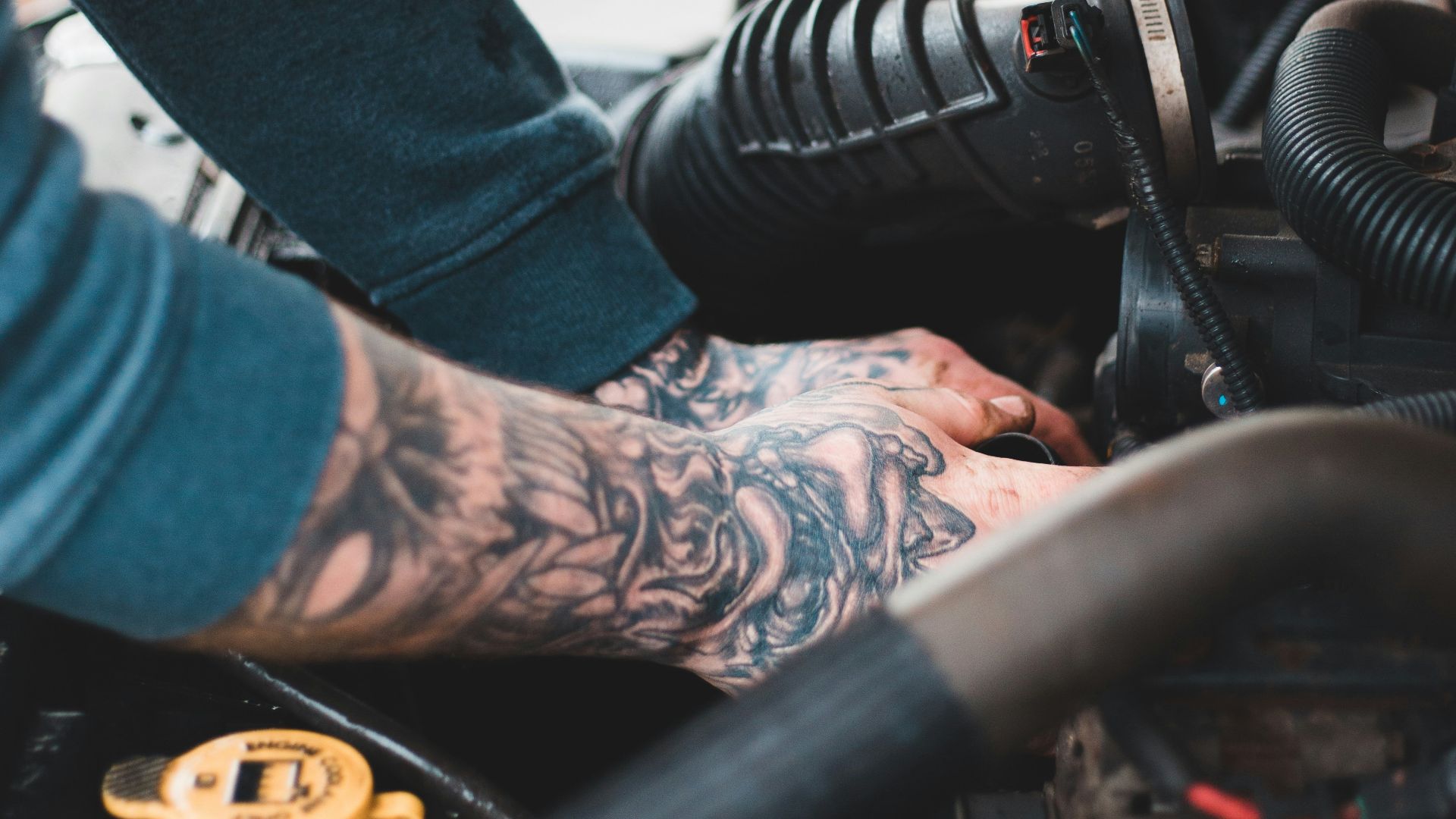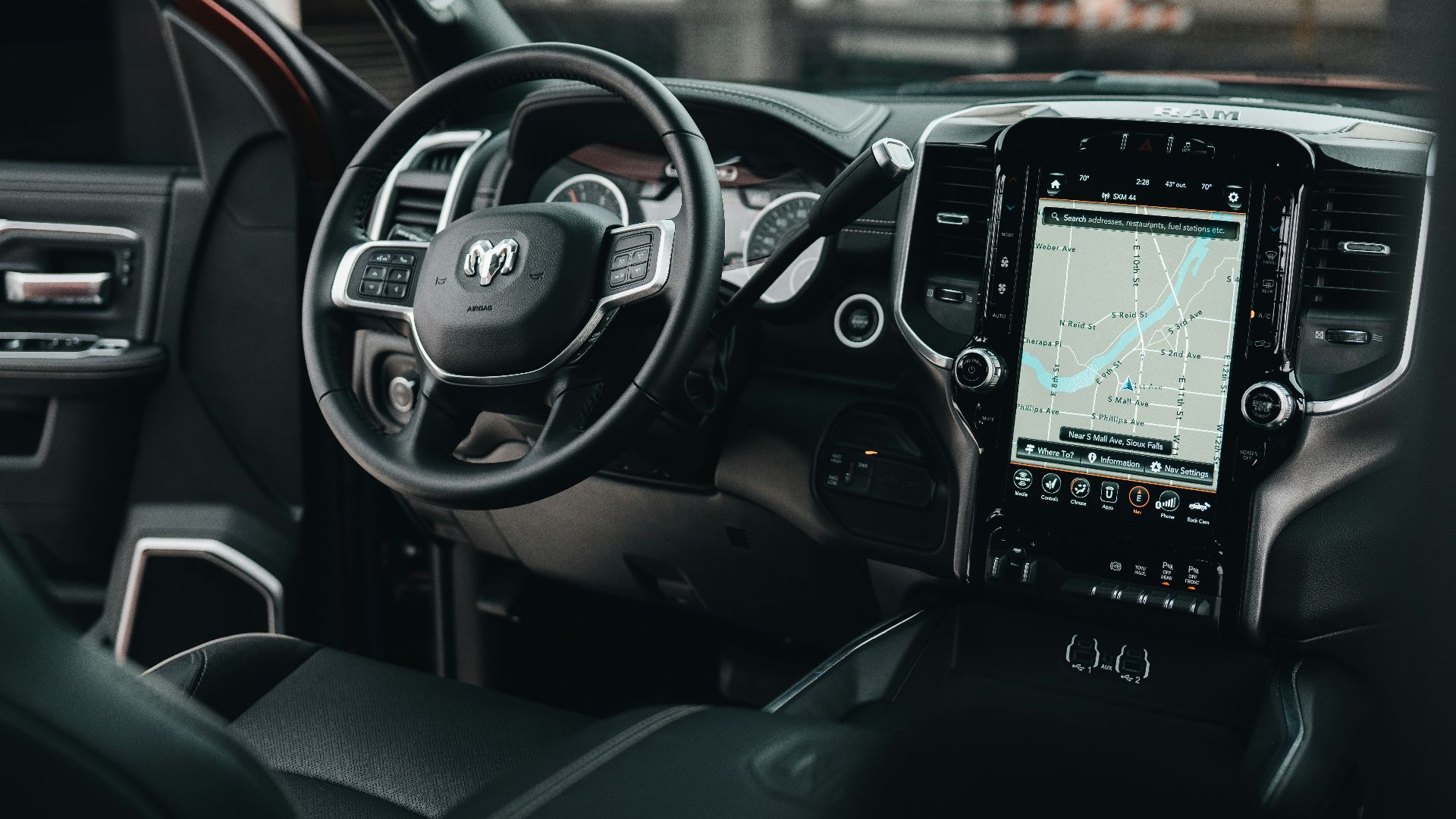10 Car Fixes You Can Attempt On Your Own & 10 You Should Definitely Bring To A Mechanic
To DIY or To Not DIY
Let’s face it: mechanics are expensive and it's best to avoid a trip to one whenever you can. But as tempting as it is to fully dive into the world of DIY auto repair, you have to know your limits and not risk making matters even worse. Here’s a handy list of 10 fixes you can do yourself, along with 10 that are better left to the professionals. As always, make sure to double-check your car’s manual before doing anything damaging to you or your car.
1. Replacing Your Air Filter
Give your vehicle a breath of fresh air with a routine air filter change. It’s a quick fix that typically consists of simply opening your air filter box, swapping out your old dirty filter with a fresh one, and putting everything back in place the way you found it. Just be sure to look at the car’s manual for any additional details, including how often you should replace the filter.
2. Changing Windshield Wipers
Having clear, unobstructed visibility is integral to ensuring a safe ride for you and your passengers — so always stay on top of changing your windshield wipers (usually twice a year). Swapping out your wipers is one of the quickest car fixes there is and can be done by simply lifting the blades, pressing the tab to slide them off, and then putting on the new ones.
3. Switching Out Headlight Bulbs
Proper lighting is essential for night-time driving, so don’t let a burned-out bulb dim your safety. Luckily, this integral driving component is easily accessible and generally hassle-free to replace. Simply find your car’s headlight compartment, unclip the old bulb, and plug in the new one — that’s it, you’re good to go!
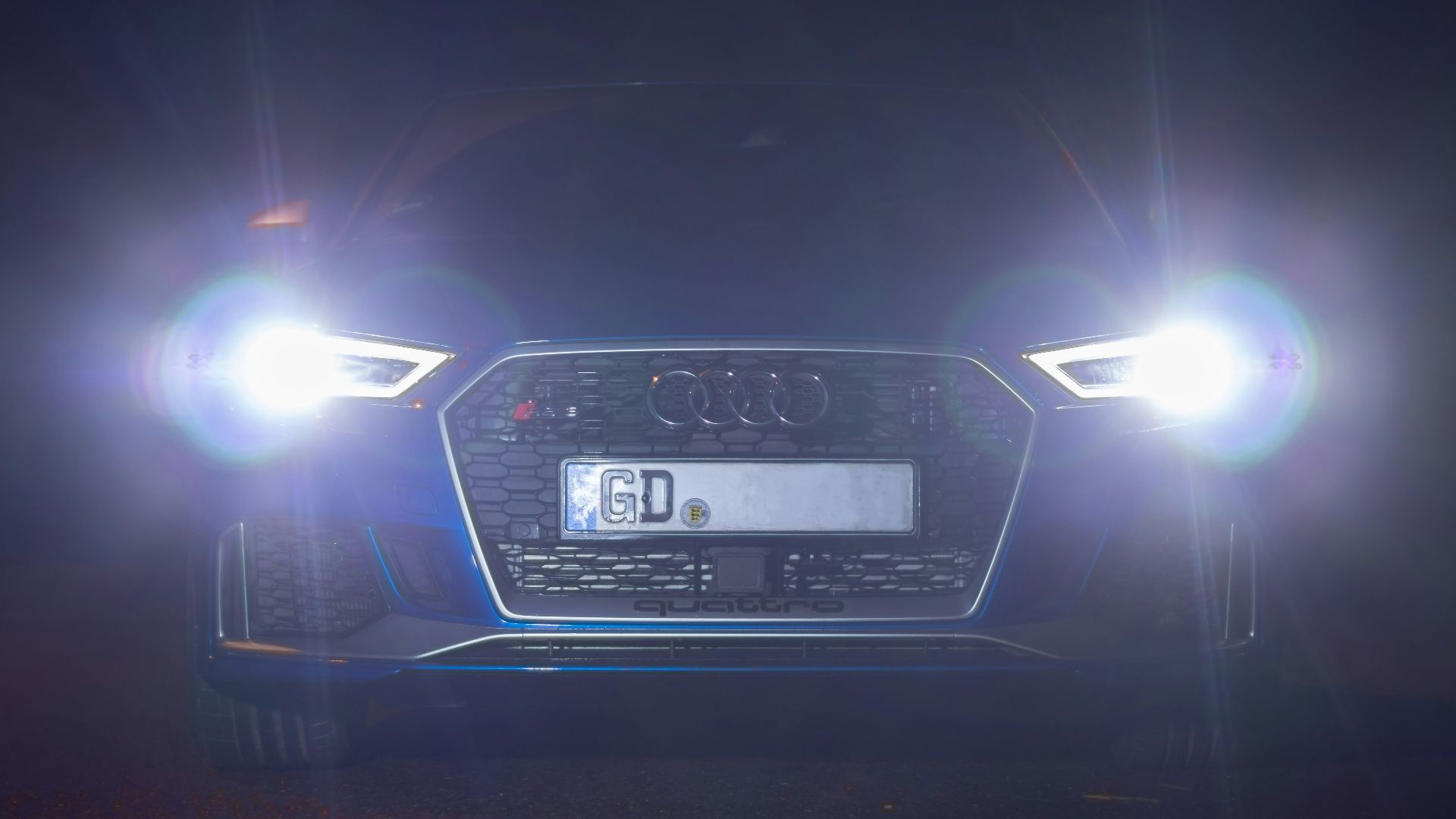 Christian Wiediger on Unsplash
Christian Wiediger on Unsplash
4. Replacing a Flat Tire
There are 3 certainties in life: death, taxes, and flat tires. If it hasn’t happened to you yet, it’s only a matter of time before it rears its ugly head, so be prepared to deal with it head-on. Hopefully, you have a jack, lug wrench, and spare tire on hand. If so, simply lift the car, take out the lug nuts, swap the tire, and lower your car back down. Check to see if the nuts are properly tightened and you're good to go.
5. Topping Up Fluids
Cars need fluids too so be sure to keep your engine happy and running efficiently by routinely checking and refilling things like engine oil and coolant, as well as powering steering, brake, and transmission fluids. Only do this on a level surface after your engines has thoroughly cooled down.
6. Installing New Battery
If you’re having trouble starting your car it might mean that you need a new battery. That may sound complicated but it’s actually a pretty straightforward fix. Just remove the cables (starting with negative first), then take out your old battery.
After that, take your new battery, put it in place and reconnect those same cables (making sure to do positive first this time). After checking that everything is snug and secure, you should be all set.
7. Replacing Brake Pads
If your car is screeching, then it's trying to tell you something so listen up! This generally means that your brake pads need to be replaced. This fix mostly consists of removing your wheel, calliper, and old pads and simply sliding in the new ones. Carefully reassemble everything and be sure to gently test your new brake pads in a safe area at low speeds before driving normally.
8. Changing Spark Plugs
A misfiring engine might be easy to overlook and leave in the rearview, but it's serious and needs to be taken care of sooner rather than later. The culprit? Old spark plugs. Simply whip out your socket wrench and a spark plug socket and get to work unscrewing the old plugs. Be sure not to screw in the new ones too tightly and you’re all set.
9. Replacing Tail Lights
Just like your headlight, a tail light is not only imperative for safe night-time driving, but it also ensures that your car is street-legal. Fortunately, it’s a relatively painless fix that just requires accessing the light cluster inside your trunk, singling out the faulty bulb and replacing it with a new one.
10. Patching a Radiator Hose
Although technically not a permanent fix, this DIY solution will buy you some time until you’re able to replace your leaky hose for good. Just let your engine cool down first, then clean the hose and simply apply a patch kit.
Don’t fret: these kits can be found at any auto supply store of your choice without breaking the bank.
1. Replacing the Timing Belt
The timing belt is one of the most important components in ensuring your engine operates properly — so don’t mess around. Replacing it is a complex job that requires specialty equipment, and a specialty understanding of engine mechanics. Without the right alignment and tools, you might seriously risk damaging your engine.
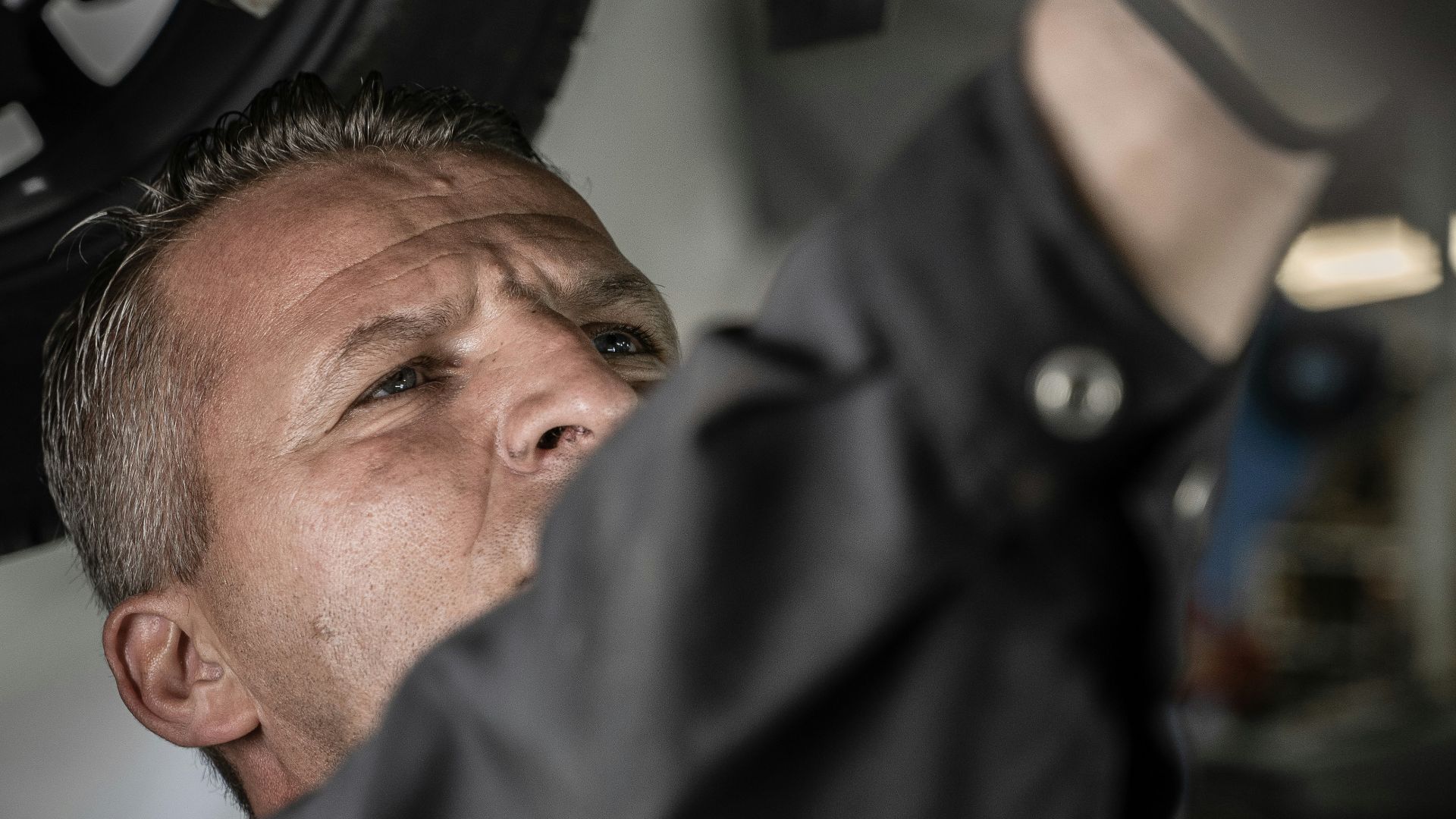 Jimmy Nilsson Masth on Unsplash
Jimmy Nilsson Masth on Unsplash
2. Transmission Repairs
One of the most complex components of any car, the transmission is the last thing you’d want to take a crack at fixing. Without specialized tools and knowledge to adequately diagnose and repair the issue, you’ll probably end up doing a lot more harm than good. It’s better to have peace of mind and leave this one to the professionals.
 Philipp Katzenberger on Unsplash
Philipp Katzenberger on Unsplash
3. Suspension Overhauls
A car’s suspension system has several moving parts, including shocks, struts, and bushings; that is to say, you’re probably not equipped to deal with any of this. Any suspension fix is incumbent on you lifting your car and handling heavy parts, so it’s safe to say that you’re better off taking it to a mechanic and not risking your health with such a dangerous task. It’s just not worth it.
4. Airbag Repairs
As a critical component in ensuring the safety of you and your passengers, airbag systems are a big no-no when it comes to DIY fixes.
Airbags require a lot of precision when installing and one small misstep could mean that they fail to deploy when you need them most. Moreover, a finicky airbag can deploy at any time — especially when being tinkered with — so it’s best to let the professionals do their job.
5. Repairing the Fuel System
We didn’t start the fire, but maybe you did! Incorrect handling of your fuel system can happen at any turn; including the fuel pump, injectors, or even fuel lines. But worst of all, any mistake you make can be severely dangerous (if not fatal) due to the risk of leaks and fire.
6. Electronic System Troubleshooting
Modern cars are equipped with a lot of nifty new toys and gadgets. As helpful as these features and systems are, they too will eventually break down on you. Unfortunately, a lot of these features consist of sophisticated electronics and computer systems that you probably have no business messing with. Without advanced diagnostic tools and software, you’re just taking a shot in the dark.
7. Repairing Hybrid or Electric Vehicle Components
Very much in line with the previous point, hybrid and electric vehicle components are a niche and complex category of repair that average DIYers should steer clear of. They contain high-voltage battery systems that are not only difficult to navigate but also highly hazardous without adequate training and equipment.
Always take your EV to the professionals.
8. Fixing a Faulty Power Steering Pump
When it comes to DIY car fixes: steer clear of your steering pump. Dealing with high-pressure hoses and precise alignment means that there’s little to no margin of error with power steering pump repairs. Any faulty workmanship on your part could result in failure, which is fatal when you're on the road.
9. Replacing Windshield Glass
A faulty windshield replacement is the last thing you need in your life. By compromising the structural integrity and overall safety of your car, you’re putting a lot at risk just to save a few hundred bucks. In addition to requiring special tools and techniques to ensure proper installation, the headache of not getting it right isn’t worth the amount you’d save.
10. Repair/Recharge AC
The AC failing on you is probably the first thing you’ll notice — especially in the warm summer months. As our most heavily prized and sought-after convenience, it's easy to see why you’d want to fix it yourself. But keep in mind that the toxic refrigerants necessary to keep your AC running are not ideal to tinker with. Besides, low refrigerant is probably a sign that you have a leak, which is something a mechanic should handle anyway.





